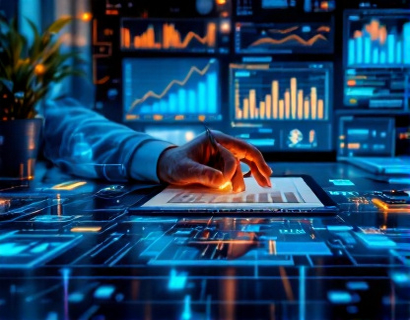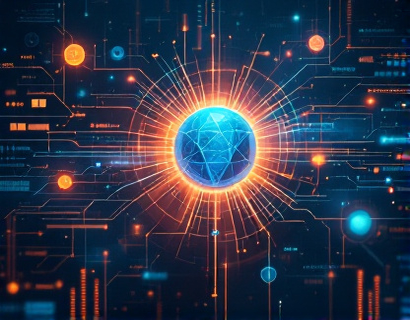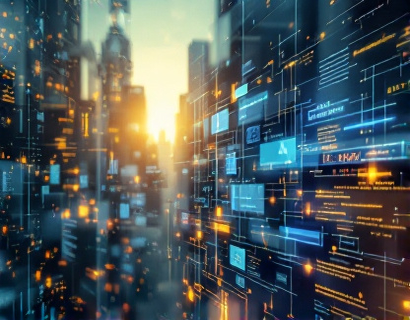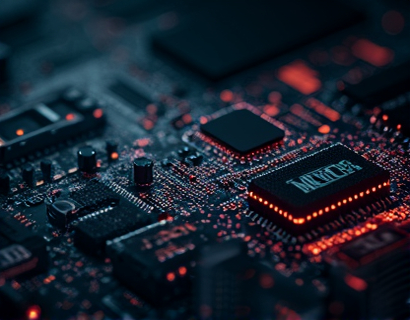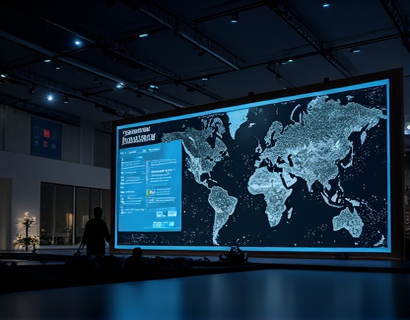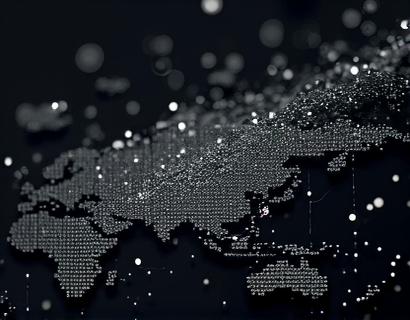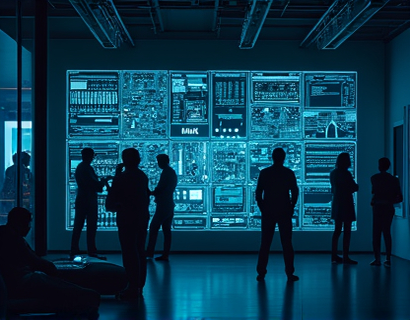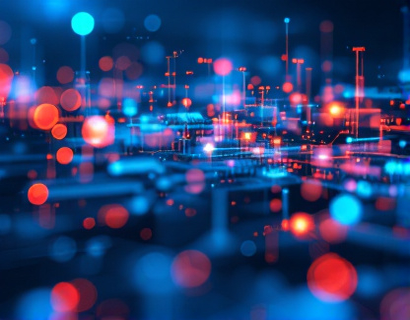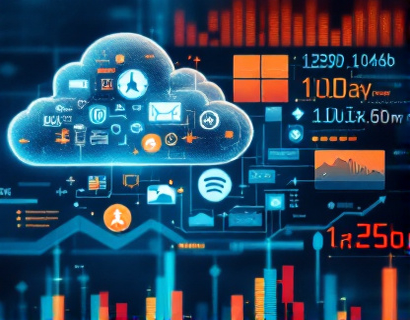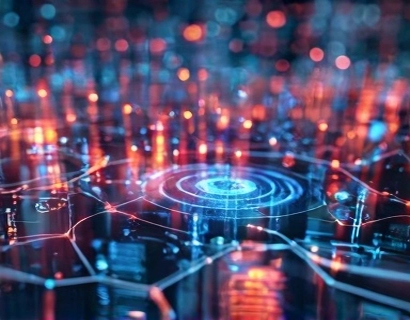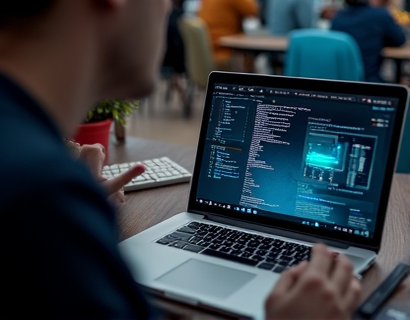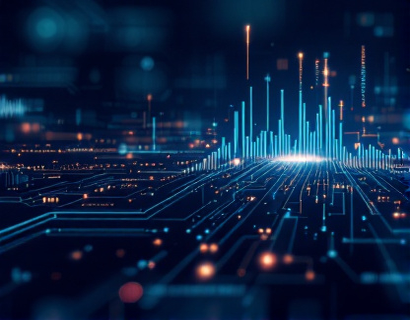Decentralized Productivity: Turbo-Charged with AI and Crypto
The intersection of artificial intelligence and cryptocurrency is giving birth to a new era of decentralized productivity tools. These cutting-edge technologies are not just evolving independently but are merging to create powerful applications that enhance user experience and redefine productivity. This article delves into how AI and crypto are combining forces to transform the way we interact with digital tools, offering a glimpse into the future of decentralized app ecosystems.
Understanding Decentralization in Productivity Tools
Decentralization, at its core, means moving away from centralized control to a more distributed system. In the context of productivity tools, this translates to applications that operate on decentralized networks, such as blockchain, rather than on centralized servers. This shift offers several advantages. First, it enhances security by eliminating single points of failure and reducing the risk of data breaches. Second, it promotes transparency, as all transactions and data changes are recorded on a public ledger. Lastly, decentralization empowers users by giving them more control over their data and the tools they use.
AI: The Brain Behind the Productivity Boost
Artificial intelligence, particularly machine learning, is the driving force behind the next generation of productivity tools. AI can analyze vast amounts of data to identify patterns, make predictions, and automate repetitive tasks. In a decentralized ecosystem, AI can be deployed across a network of nodes, ensuring that the processing power is distributed and not bottlenecked by a central server. This distributed AI approach not only enhances performance but also ensures that the system remains robust and resilient.
Enhanced User Experience through AI and Crypto
The fusion of AI and cryptocurrency creates a synergy that significantly enhances user experience. AI-driven interfaces can adapt to individual user preferences and behaviors, providing a more personalized and intuitive experience. For instance, AI can predict the tools and features a user is likely to need next, streamlining the workflow and reducing the time spent on navigation. Additionally, blockchain technology ensures that user data is securely and privately managed, giving users peace of mind about their information.
Crypto assets, such as tokens, can be used to incentivize users for contributing to the network, whether through providing computational power, validating transactions, or creating and sharing valuable content. This token-based economy fosters a community-driven approach, where users are motivated to improve and enhance the ecosystem. The use of smart contracts further automates these processes, ensuring that incentives are distributed fairly and transparently.
Decentralized Productivity Platforms
Several platforms are already leveraging AI and crypto to create decentralized productivity tools. These platforms offer a range of applications, from project management and collaboration tools to content creation and data analysis. One notable example is a decentralized task management application that uses AI to optimize task allocation based on user availability and skill sets. The platform operates on a blockchain, ensuring that task assignments and progress updates are transparent and immutable.
Another example is a decentralized content creation and monetization platform. Here, AI algorithms curate and recommend content based on user preferences and engagement metrics. Creators can publish their work and earn crypto tokens based on the value their content provides to the community. The use of smart contracts ensures that payments are made automatically and without intermediaries, reducing transaction costs and increasing efficiency.
Benefits of Decentralized Productivity Tools
The benefits of decentralized productivity tools are manifold. First, they offer enhanced security and privacy, as data is distributed across a network and encrypted using blockchain technology. This makes it extremely difficult for malicious actors to compromise the system. Second, these tools are more resilient to censorship and downtime, as there is no single point of control or failure. Third, the decentralized nature promotes a more democratic and inclusive environment, where users have a stake in the platform's success and can contribute to its development.
AI enhances these benefits by providing intelligent and adaptive features that improve the user experience. For instance, AI-powered chatbots can assist users in navigating the platform, answering queries, and providing support. Machine learning algorithms can analyze user behavior to identify inefficiencies and suggest optimizations, making the tools more effective over time. The combination of AI and decentralization ensures that the tools not only function efficiently but also evolve to meet the changing needs of users.
Challenges and Considerations
While the potential of decentralized productivity tools powered by AI and crypto is immense, there are several challenges and considerations to keep in mind. One of the primary challenges is scalability. Blockchain networks, especially those using proof-of-work consensus mechanisms, can struggle with high transaction volumes and slow processing times. However, the development of more efficient consensus algorithms and layer 2 solutions is addressing these issues, making decentralized applications more viable for large-scale use.
Another consideration is the user onboarding process. Decentralized technologies can be complex and intimidating for new users. Simplifying the user interface and providing intuitive guides and tutorials can help bridge this gap. Education and community support are crucial in fostering adoption and ensuring that users can fully leverage the benefits of these tools.
Future Prospects
The future of decentralized productivity tools is bright, with ongoing advancements in both AI and blockchain technology. As AI algorithms become more sophisticated, the capabilities of these tools will expand, enabling more complex and nuanced tasks to be automated and optimized. The integration of AI with other emerging technologies, such as the Internet of Things (IoT) and augmented reality (AR), will further enhance the functionality and user experience of decentralized applications.
Moreover, the growing acceptance of cryptocurrency and blockchain beyond financial applications is paving the way for broader adoption of decentralized productivity tools. As more organizations and individuals recognize the value of decentralization and the benefits it brings, the ecosystem will continue to grow and mature. This growth will attract more developers and innovators, leading to a virtuous cycle of innovation and improvement.
Conclusion
The convergence of AI and cryptocurrency is revolutionizing the landscape of productivity tools, offering a decentralized, secure, and intelligent approach to enhancing user experience. These technologies are not just complementary but synergistic, each amplifying the strengths of the other. As the ecosystem continues to evolve, we can expect to see more innovative applications that transform the way we work and collaborate. For tech enthusiasts, professionals, and anyone interested in the future of digital innovation, the potential of decentralized productivity tools powered by AI and crypto is an exciting frontier worth exploring.



